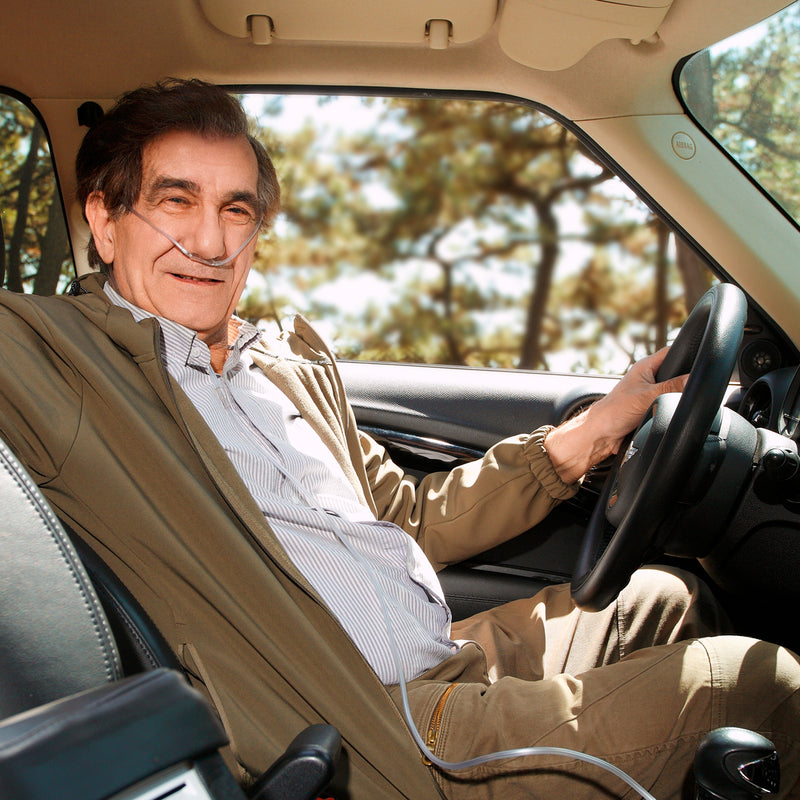When it comes to traveling with oxygen therapy, it's essential to understand the guidelines and regulations set by the Federal Aviation Administration (FAA). This comprehensive guide will provide you with all the necessary information to select and use faa-approved oxygen concentrators for air travel.

Understanding FAA Regulations
Before delving into the selection process, it's crucial to comprehend the FAA regulations surrounding the use of oxygen concentrators on airplanes. The FAA has specific guidelines for the use of portable oxygen concentrators (POCs) during flight, ensuring the safety and well-being of passengers. It's important to familiarize yourself with these regulations to avoid any issues during your travels.
Choosing the Right FAA-Approved Oxygen Concentrator
When selecting an oxygen concentrator for air travel, there are several factors to consider. The device must be FAA-approved and meet the necessary criteria for use on commercial flights. Look for POCs that are lightweight, compact, and have a long battery life to ensure convenience and reliability during your journey. Additionally, consider the oxygen flow settings and battery duration to accommodate your specific oxygen therapy needs.
Using FAA-Approved Oxygen Concentrators During Flight
Once you've chosen the appropriate FAA-approved oxygen concentrator, it's essential to understand how to use it during the flight. Familiarize yourself with the device's operation, including the oxygen flow settings, battery management, and any additional features it may have. It's also advisable to inform the airline in advance about your need for oxygen therapy and ensure that the device meets their requirements for in-flight use.
Maintaining and Caring for Your FAA-Approved Oxygen Concentrator
Proper maintenance and care are crucial for the optimal performance of your FAA-approved oxygen concentrator. Regularly inspect the device for any signs of wear or damage, and follow the manufacturer's guidelines for cleaning and upkeep. It's also important to carry any necessary accessories, such as extra batteries or power adapters, to ensure uninterrupted oxygen therapy throughout your journey.
As you embark on your travels with an FAA-approved oxygen concentrator, remember to stay informed about any updates or changes to the regulations set by the FAA. By staying knowledgeable and prepared, you can ensure a smooth and hassle-free experience while using your oxygen concentrator during air travel.








